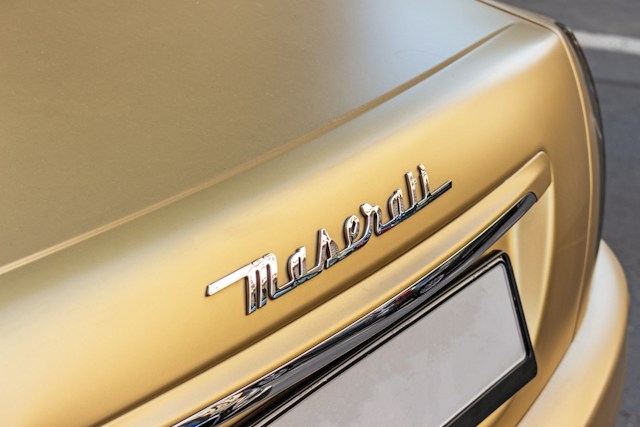A team of researchers at EPFL are calling the construction industry to reconsider the potential of recycled concrete, and they have built a proof of concept in the form of a footbridge made out of reused blocks.
Instead of crushing the concrete during a typical demolition, the team has used a large saw to cut the concrete blocks and then added a small amount of mortar in certain places to smooth out the slight differences in the dimensions.
These 20cm-thick blocks were taken from a renovated building that was built 10 years ago, and would otherwise be dumped into landfills. By reusing them to create something else, the team has absolved the environment from the additional burden.
Also, this significantly reduces the need for raw materials in construction, so it cuts down the CO2 emissions from this process. At the same time, demolition companies can now kick off a new economic cycle in the process by creating usable blocks and selling them back to constructors.
As the researchers explain, people are not very open to the prospect of using old concrete blocks for their homes, fearing that it’s not as strong as it was when new. The footbridge which subjects the blocks to compression forces proves that a decade-old concrete is still strong enough.
Moreover, there are countless things that could make use of recycled concrete blocks besides residential or other buildings that require a sound structural performance. Think of pathways, sidewalks, squares, etc.
Typically, for concrete that hasn’t been exposed to corrosive or sulfate elements, and to extreme moisture or frost, it could be re-used for up to 30 years, as long as a thorough examination of its condition takes place.
Even if a much safer threshold of a decade is set and followed, the potential available volume of reusable concrete would be such that it would fundamentally change the construction industry.
It’s a simple, low-tech, unsophisticated, yet extremely effective solution to many of the problems humanity is facing right now.







